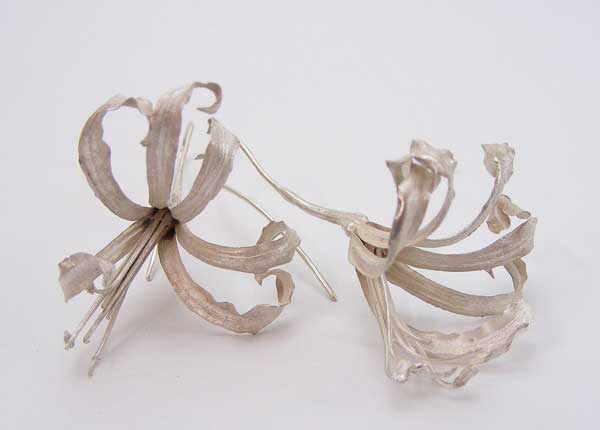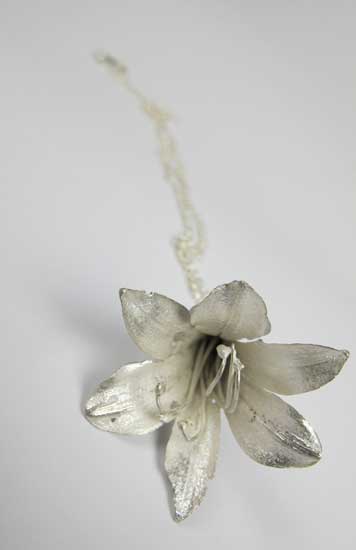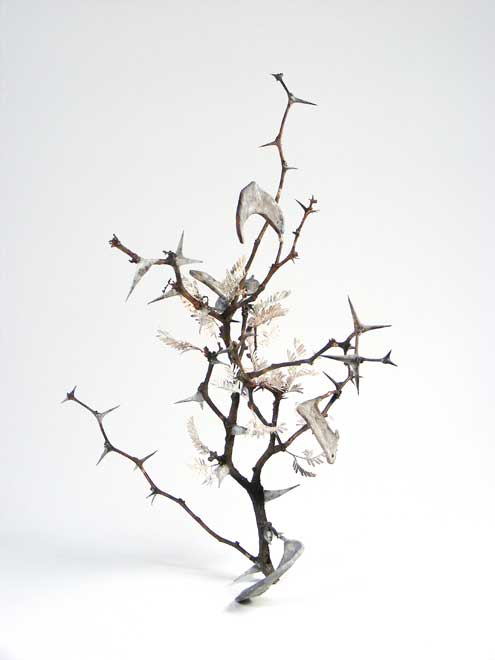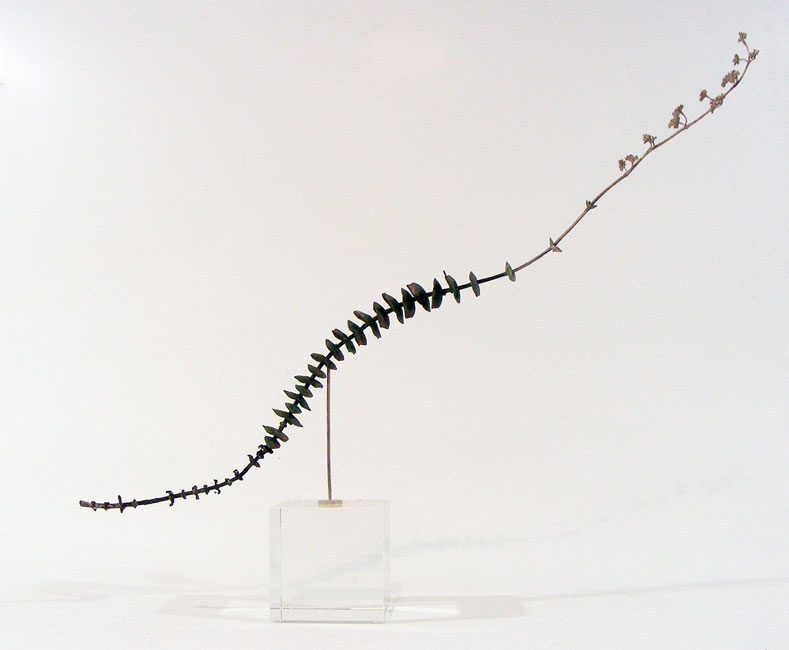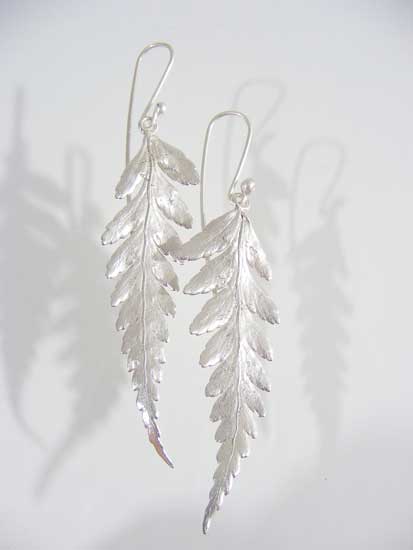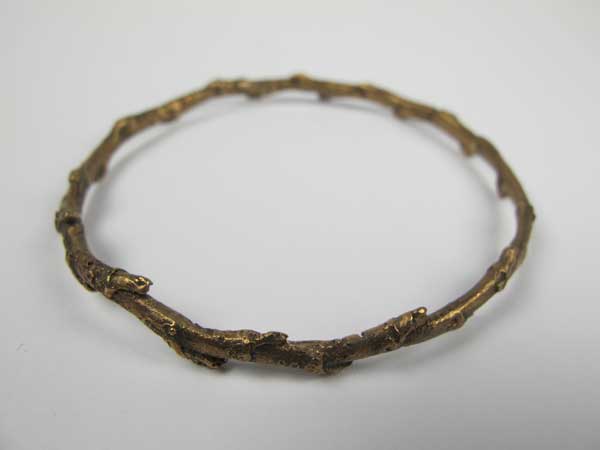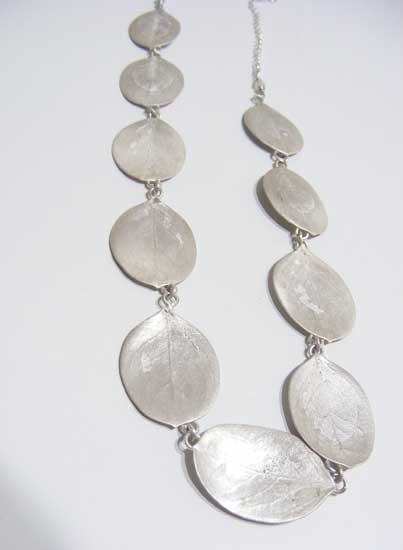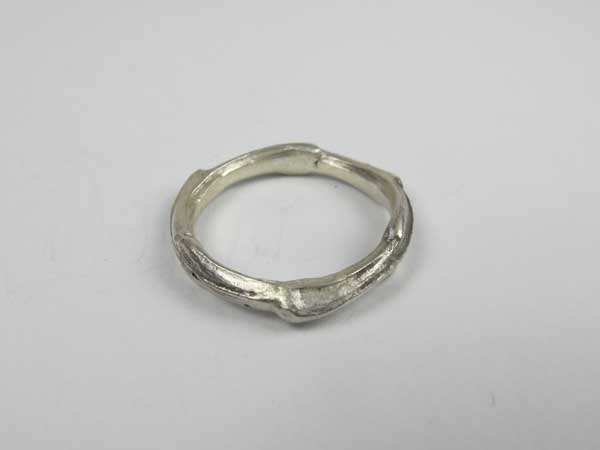Nic Bladen
Ten years ago, Cape Town sculptor and jewellery designer Nic Bladen began merging his knowledge of dental technology and bronze casting to create a unique way of preserving plants. Today, his designs are worn by celebrities and his beautifully detailed floral sculptures have been exhibited all over the world.
Bladen comments on his switch from dental technician to jewellery designer saying; "my work as a crown and bridge technician involved extremely accurate casting methods. I began toying with casting flowers but these experiments stayed in drawers until, in 2000, a friend introduced me to Otto du Plessis at Bronze Age Foundry in Simon's Town. When I walked into the foundry, I knew immediately that this was the next step towards my destiny. I began an apprenticeship there the following year. "
He describes this detailed and intricate process by saying, "I specialise in casting organic matter in bronze, silver or gold, and am therefore continually learning about different species of plants and flowers. I use and ancient "lost-wax" casting technique, forming a plaster mould around a wax pattern. The mould is baked in a kiln, causing the wax to melt and run out. Metal is then poured into the cavity and the mould is chipped off the casting. However, instead of wax, I employ flowers, leaves and seedpods. I attach fittings to my castings to create neckpieces, bracelets and rings. I have to make these castings wearable but my sense of design mustn't interfere with what I've taken from nature."
Passionate about indigenous plants and flowers, Bladen considers the statement people who wear his pieces are making, "nature-inspired creations speak to the gardener, the bird-lover, the botanist or the seer of patterns. I think when people wear my jewellery, they are saying: "I've found something frozen in time." Plant species are fast vanishing..."
Bladen has been approached by the Table Mountain Fund to portray their motives with sculptural pieces, saying; " There is a documentary value to these castings, in the sense that these pieces will exist long after many of the plants have died out." 1
1: Text Elle Decoration and Nic Bladen / Photographs by Pierre van der Spuy

